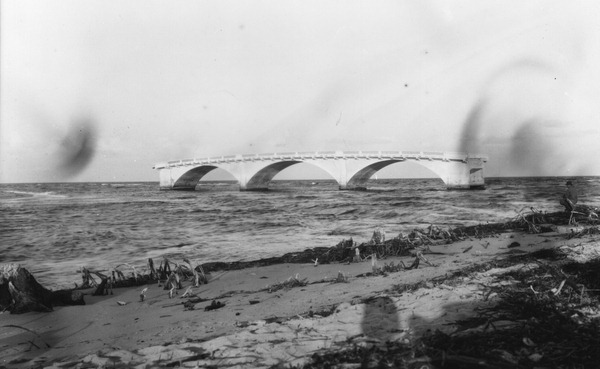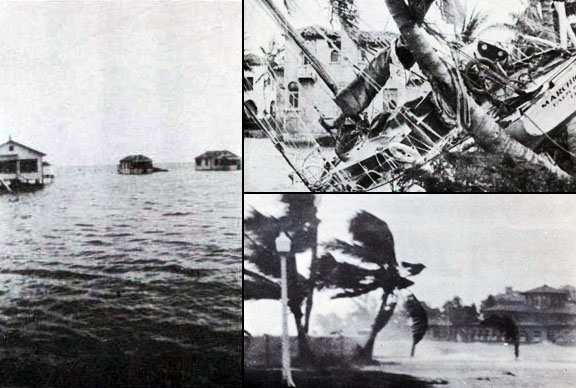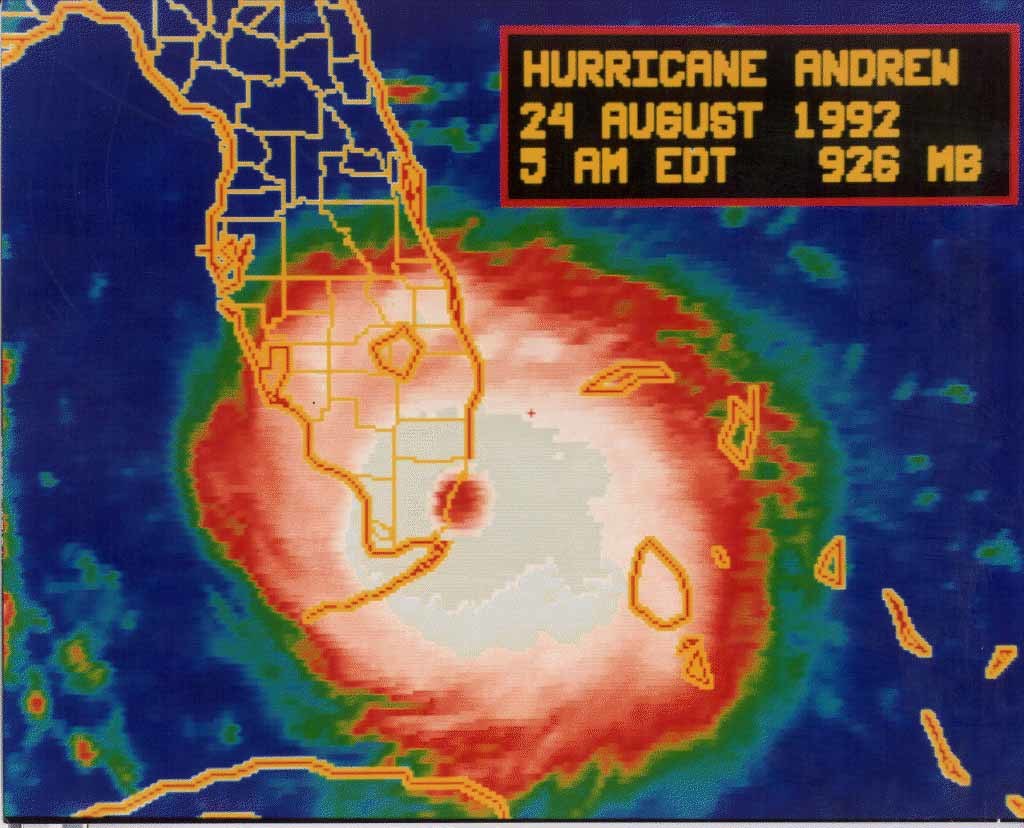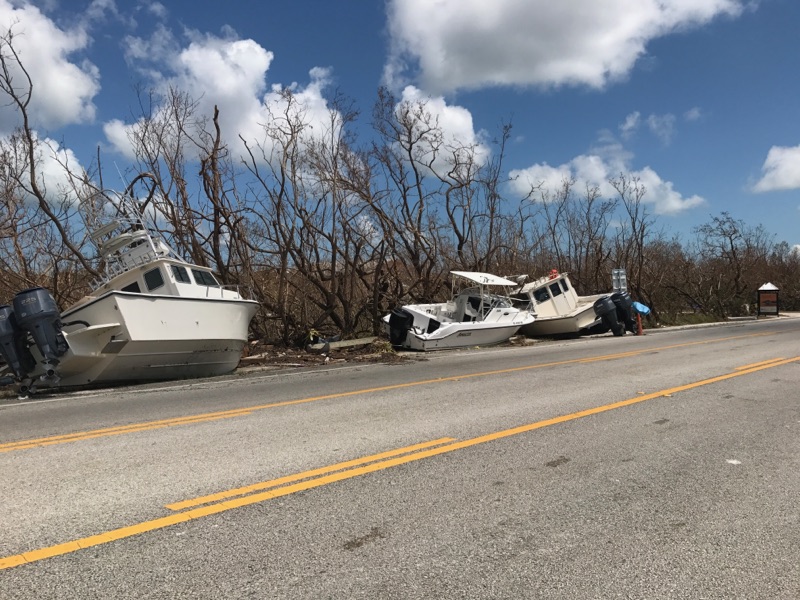1919 - The Florida Keys Hurricane
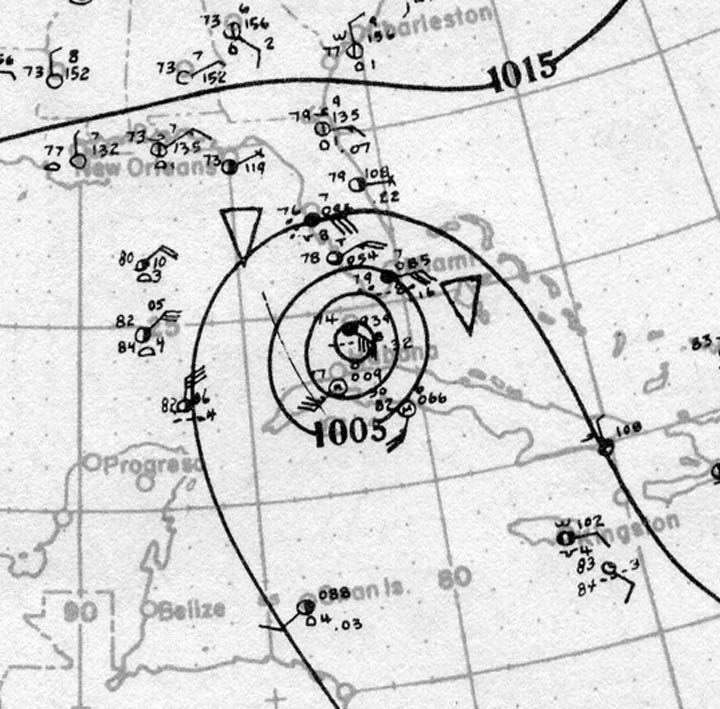
The Florida Keys Hurricane: On September 10, 1919, a major hurricane made landfall on the Dry Tortugas in the Florida Keys. The massive, slow-moving system was responsible for nearly 800 deaths and is the 7th deadliest hurricane on record for the United States. This storm also sparked the interest of Robert Simpson, who later developed the Saffir-Simpson Scale and became the second director of the National Hurricane Center.
